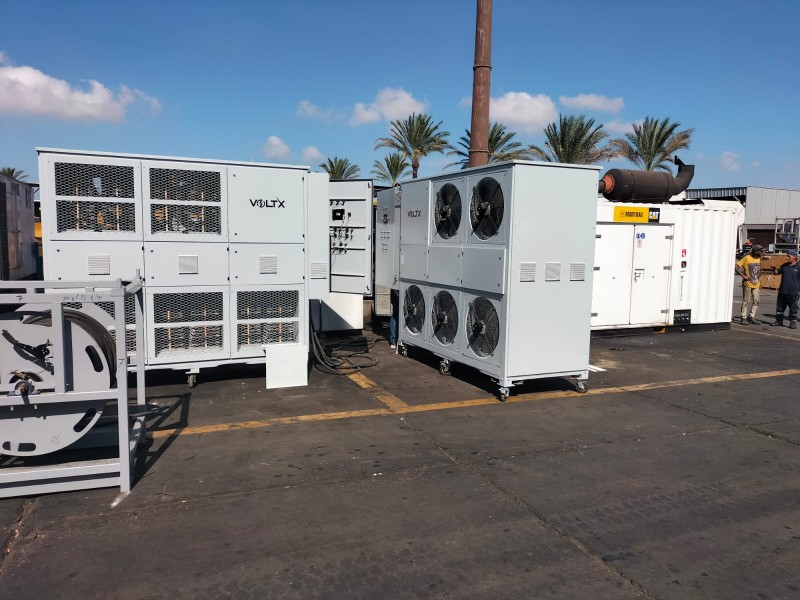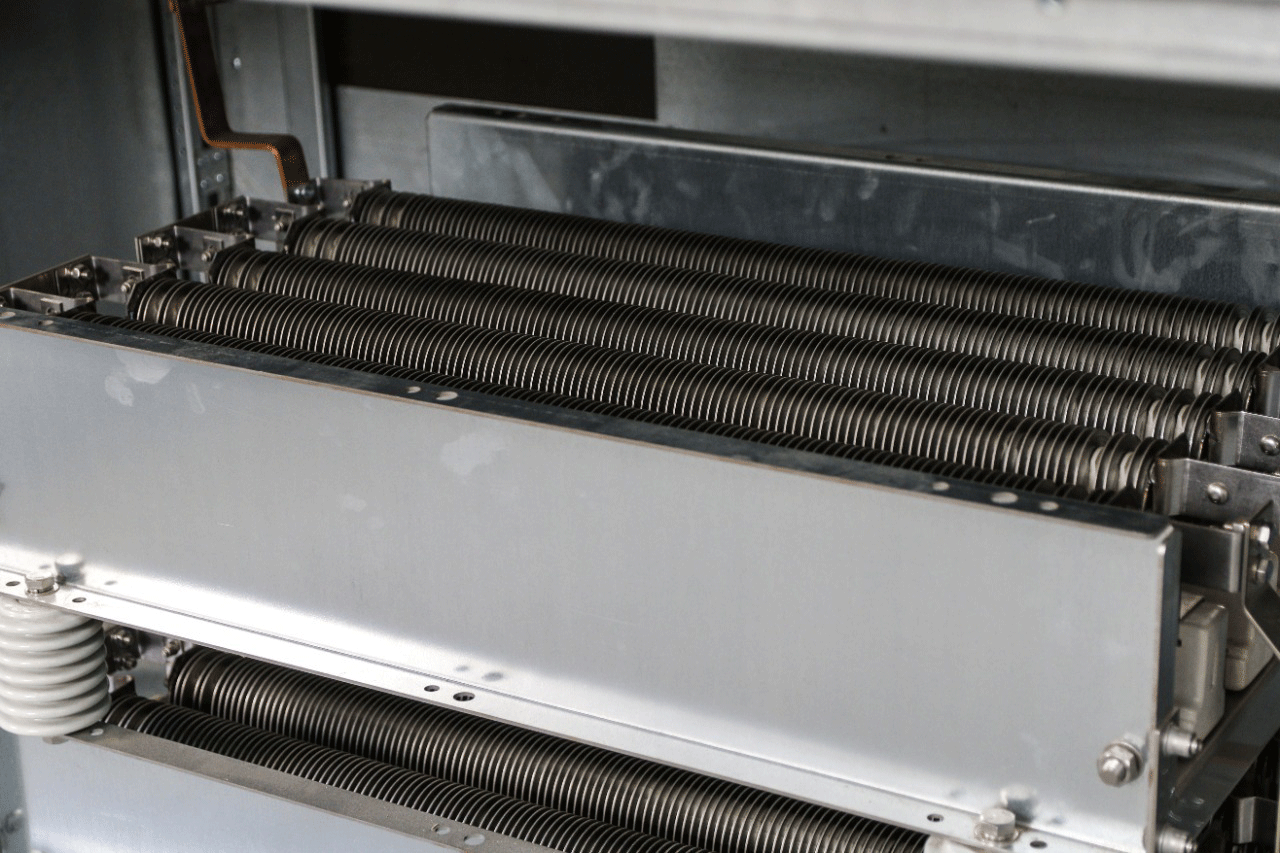
NER
NER
Neutral-earthing resistors (NERs) are used to ground the neutral point in a (medium) voltage grid. The resistors limit the fault current in the case of a phase-to-ground short circuit. A NER limits damage, resulting in shorter and fewer downtimes. The main advantages of NERs over alternative grounding methods are that they limit fault currents, allow simple fault detection, and do not produce over-voltages.
NERs are selected based on voltage, fault current, and duration-of-fault-current. Normally the resistors are chosen based on the energy [E] in joules that can be absorbed by the elements without exceeding the maximum element temperature, energy being power integrated over time, where typical fault times last 10 to 30 seconds. The power will vary slightly, depending on the resistance’s temperature coefficient. At the start of the fault, the current will be higher due to the resistor’s lower ohmic value but as the element heats up, the fault current will drop.







